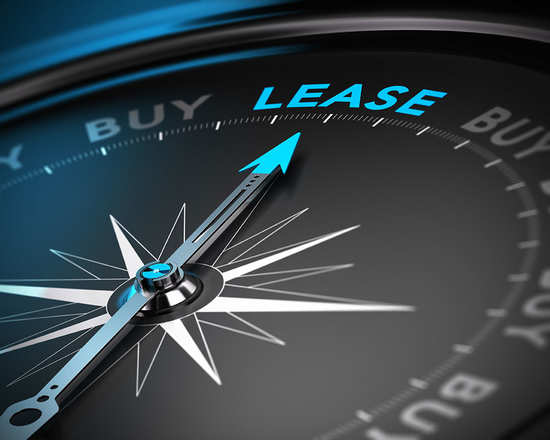
The new lease accounting standards will require some extra time and work for many companies as they race to satisfy the new requirements.
In these new rules, two leases (finance and operating) will be required on the balance sheets.
CFO sums it up this way:
Under the new guidance, an arrangement contains a lease only when the arrangement conveys the right to control the use of an identified asset. That’s a change from legacy guidance, under which an arrangement can contain a lease even without such a right if the customer takes substantially all of the output from the lease over the term of the arrangement.
In addition to the lack of bright lines used under legacy guidance, FASB added a new criterion that focuses on assets that have a specialized nature with no alternative use at the expiration of a lease. That’s important, as it may modify the lease’s legacy classification.
As 2018 progresses, your business will want to develop procedures for gathering and documenting the wide array of leases kept by your company. These procesures will need to be efficient, as technologically advanced as possible, and centralized in order to be sustainable and accurate.
The benefits of tackling these new standards in an effective way are many:
- Your company will have better insight into your lease spending
- You will be able to use the newly acquired data to negotiate new leases that are more beneficial
- In theory, your implementation of the new standards (if done effectively) will make your lease management more streamlined and less burdensome and draining on company time and resources
- It will give those invested in the company a clearer picture of the company’s financial situation
Some of the key steps, as confirmed by CFO (linked above), include the following:
- Find the right person: Assign an employee to lead the initiative, and make sure this person has an incredibly in-depth familiarity with the company’s lease information. This person is usually working in the controller’s office. They will need to understand exactly how the implementation of the new standards will affect balance sheet ratios, and this will need to be communicated effectively to those invested in the company.
- Establish good communication: To accomplish this, set up a steering committee who oversees spreading the appropriate information about the new implementation across the company. Members of the committee should be a part of at least one important stage of the lease process.
- Dig deep for lease information: Everyone involved should be prepared for a challenging, time-consuming journey to implementation. CFO makes these observations about what the project leader and committee should be looking for:
Collected lease data should include the types and numbers of property, plant, and equipment leases, availability of digital lease data, and gaps in lease data.
There may be dozens of discrete pieces of data requiring two to four hours of review. In our experience, businesses often overlook embedded leases, which may be included as part of a larger service agreement. Embedded leases are often complex arrangements that require closer scrutiny and advanced technical accounting skills.
- Get internal auditors involved early: This should be done as early as possible so that policy decisions can be shaped into a compliance-friendly standard from the beginning.
- Get the tech experts closely involved: The project leader will need to recruit technology experts who have thorough, reliable mastery of financial reporting. They will be the key to successful evaluation and implementation.
The CFO report mentioned above goes on to describe further detailed steps, but in summary they follow a pattern of 1) Discovery (gathering all lease data and pinpointing which ones need updating to new standards); 2) Evaluation (working with cross-functional team members and internal auditors to design policies to govern the implemenation); 3) Implementation (which should involve continuous dialogue with internal auditors and intensive training of company employees to learn the new protocols); 4) Sustain the process (i.e. maintain the data in a centralized system and develop a sustainable routine for successful and consistent execution long-term).
CoStar recommends that you plan to consolidate the data from the outset as you work through the steps of discovery, evaluation, and implementation:
Make a plan to consolidate all organizational lease data into one department and one system. The accounting group is the logical departmental choice due to the technical nature of lease reporting requirements. And while other departments may retain responsibility for engaging new leases, the ideal technology solution will manage input from multiple sources and provide administrative insight to key organizational stakeholders.
The new standards will affect companies of every size and in every industry and will come into play for public companies starting Dec. 15, 2018. For nonpublic companies, it’s a year later, Dec. 15, 2019.
The preparatory steps for these new standards should begin much earlier, however. Keep in mind that this article only highlights some key points about this topic. It does not constitute comprehensive or actionable advice. It is imperitive that you consult with your own legal and tax professionals before engaging in a definitive strategy for tackling the new lease accounting standards for your company.
